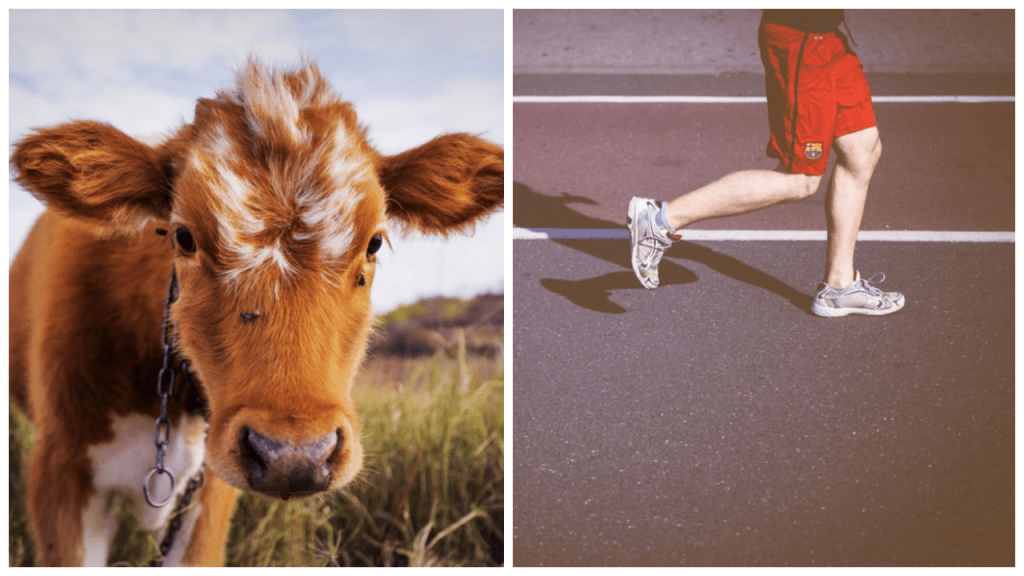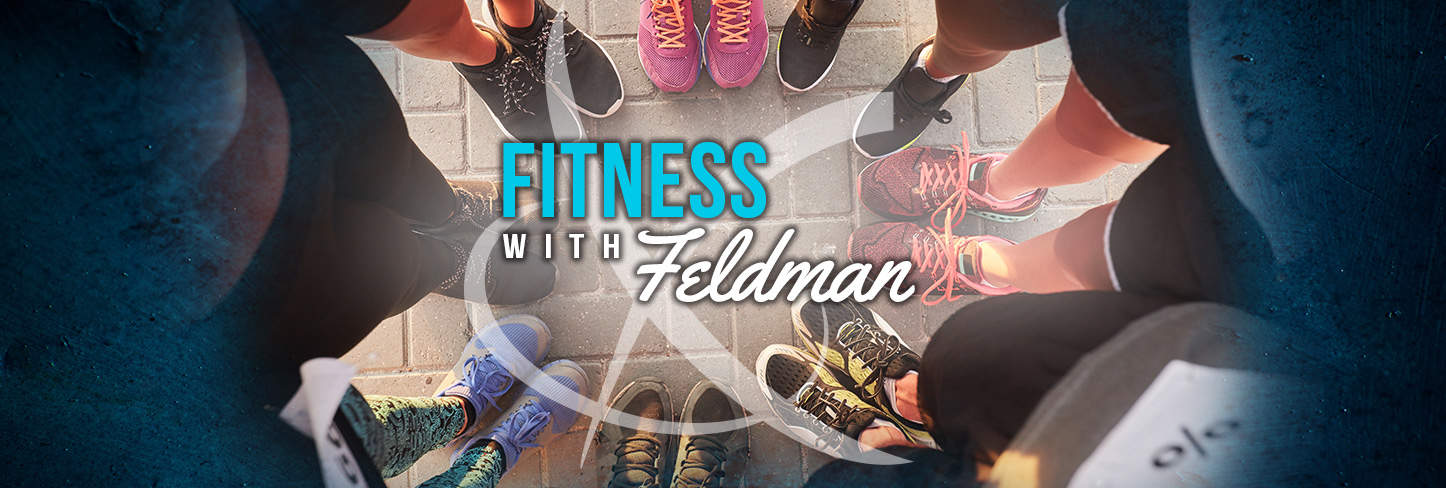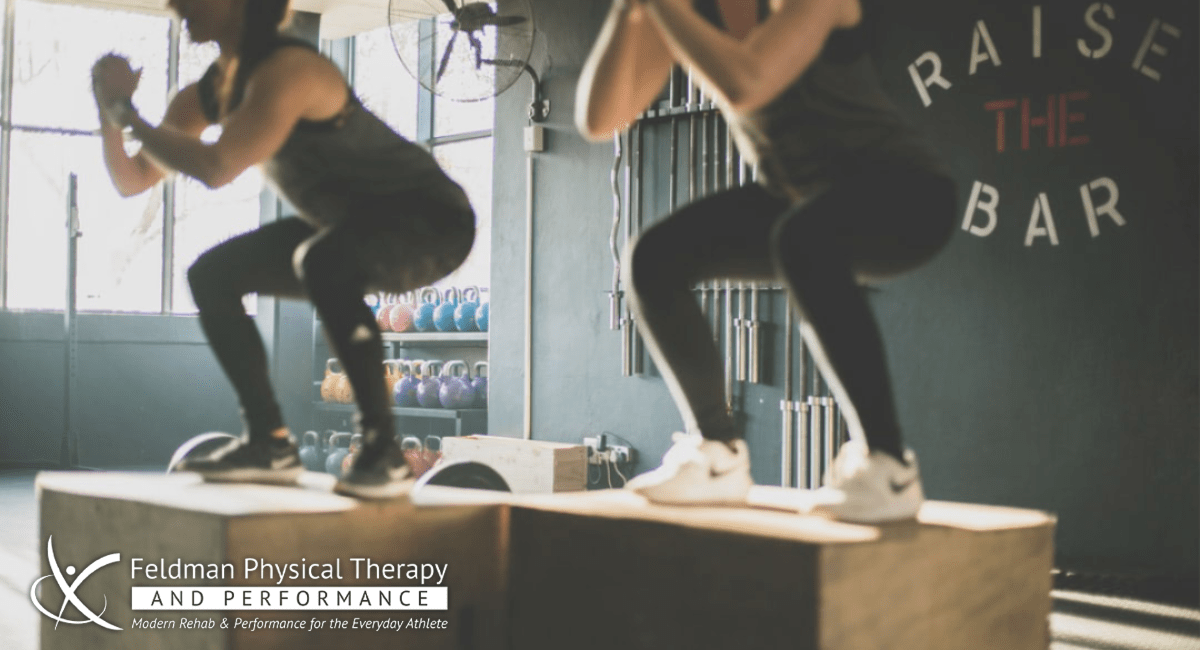
What’s In Your Calf
July 14, 2019
The Mind Side Of Sports
July 27, 2019How Your Calf Works
Welcome back to Part II of the Calf Complex series. In my last post I unpacked the two larger muscles a bit and hopefully you can appreciate the anatomy. To quickly recap, we have two muscles the gastroc and the soleus. They are both in the back of the leg and have similar yet also separate functions. Let’s look at that a bit more.
The next concept to understand is their “main” function. I say main because all muscles can and will assist in many movements yet there is usually one specific role they play. For this blog post, it’s important to understand that they both share the same common function, and that is to point the toes down. How they do that is where they differ slightly.
They both are in the back part of the lower leg and attach across the back of the heel through the Achilles tendon. The soleus only crosses the ankle joint whereas the gastroc crosses both the ankle and the knee joint. Consequently, the gastroc will also be affected by knee position and in fact, if the knee is bent then the gastroc actually can’t help point the toes. On the other hand, as mentioned in Part I, the soleus is always active in pointing the toes because it only crosses the ankle joint. Here are some examples of what I mean.
Also previously mentioned was sprinting and jumping as activities where the gastroc is involved. That is because those explosive type of motions require the knee to be completely straightened during the motion. This will allow the powerful fast twitch muscle fibers of the gastroc to do their job and produce quick forceful motion to help propel us forward. Think of a multi-directional athlete (tennis, football, volleyball, soccer, field hockey etc.). These athletes all produce quick sprinting motions where the knee is straightened at the same time the toes are pointed down to push the body forward. A track sprinter will also achieve the same type of lower leg motion. As involved as it is in sprinting motions, the gastroc is also involved in low level walking and going up stairs as well. So it’s interesting to see how its involved with activities that seem to be on opposite ends of the effort spectrum. Yep positionally, the knee does straighten as the toes are pointed.
Conversely, and somewhat counterintuitively, jogging and running are activities that are more soleus dominant due to the flexed or bent nature of the knee. When we walk, our knee gets straightened yet with many “cruising speeds” of running the knee actually doesn’t fully straighten throughout the gait cycle. This allows the gastroc to be put on slack a bit and the soleus becomes the “main” muscle. Therefore with distance runners it is a very important muscle to strengthen to keep resilient.
That wraps it up for Part II. Part III is where I’ll get into more specific injuries and/or exercises. I know you’re eagerly awaiting, but it’s important to get through the basic understanding to see how it may relate to your particular situation, or even someone you know.
Cheers!





